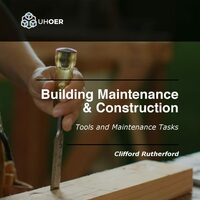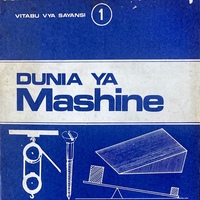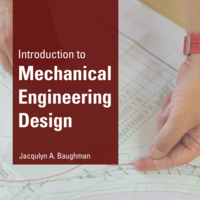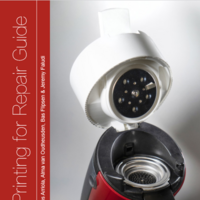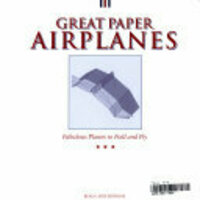Search
Books+
Searching 1,730 books
Search related to the career Aerospace Machinist
Role of an Aerospace Machinist
An Aerospace Machinist is a skilled professional who plays a crucial role in the aerospace industry. They are responsible for manufacturing, assembling, and maintaining precision components used in aircraft and spacecraft. Their expertise lies in operating and maintaining various types of machinery and tools to produce high-quality parts that meet strict industry standards.
Key Responsibilities:
1. Interpreting blueprints: Aerospace machinists carefully study and interpret engineering blueprints, drawings, and specifications to understand the required dimensions, tolerances, and materials for the components they need to produce.
2. Machine setup: They set up and operate a variety of machine tools such as lathes, milling machines, grinders, and computer numerical control (CNC) machines. This involves selecting the appropriate cutting tools, adjusting machine settings, and ensuring proper alignment.
3. Material preparation: Aerospace machinists select and prepare the raw materials needed for machining, such as metal alloys or composites. They measure, cut, and shape the materials to the required specifications before starting the machining process.
4. Precision machining: Using their knowledge of machining techniques, aerospace machinists perform precise cutting, shaping, drilling, and grinding operations on the materials. They closely monitor the machining process to ensure accuracy and make necessary adjustments as needed.
5. Quality control: Throughout the manufacturing process, aerospace machinists inspect the components they produce to ensure they meet the required specifications and quality standards. They use precision measuring instruments, such as micrometers and gauges, to verify dimensions and tolerances.
6. Maintenance and troubleshooting: Aerospace machinists are responsible for maintaining and troubleshooting the machinery and tools they use. They perform regular maintenance tasks, such as cleaning, lubricating, and replacing worn parts, to ensure optimal machine performance.
7. Collaboration: Aerospace machinists often work closely with engineers, designers, and other professionals to discuss manufacturing feasibility, suggest design improvements, and provide input during the product development process.
8. Documentation: They maintain accurate records of the machining processes, including the materials used, machine settings, and inspection results. This documentation helps ensure traceability and assists in identifying any issues that may arise.
Skills and Qualifications:
- Proficiency in reading and interpreting engineering blueprints and specifications.
- Strong knowledge of machining techniques, tools, and equipment.
- Attention to detail and a high level of precision in work.
- Familiarity with computer-aided design (CAD) and computer-aided manufacturing (CAM) software.
- Ability to use and interpret precision measuring instruments.
- Knowledge of different materials used in aerospace manufacturing.
- Problem-solving and troubleshooting skills.
- Strong communication and teamwork abilities.
- Adherence to safety protocols and regulations.
In summary, aerospace machinists are skilled professionals who operate machinery, manufacture precision components, ensure quality control, and contribute to the production of aircraft and spacecraft. Their expertise and attention to detail are vital in maintaining the high standards required in the aerospace industry.
Source: Various AI tools
